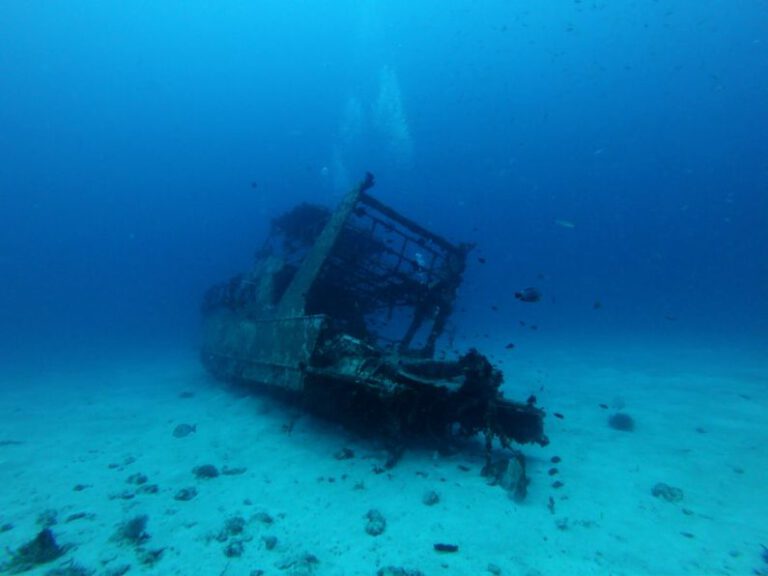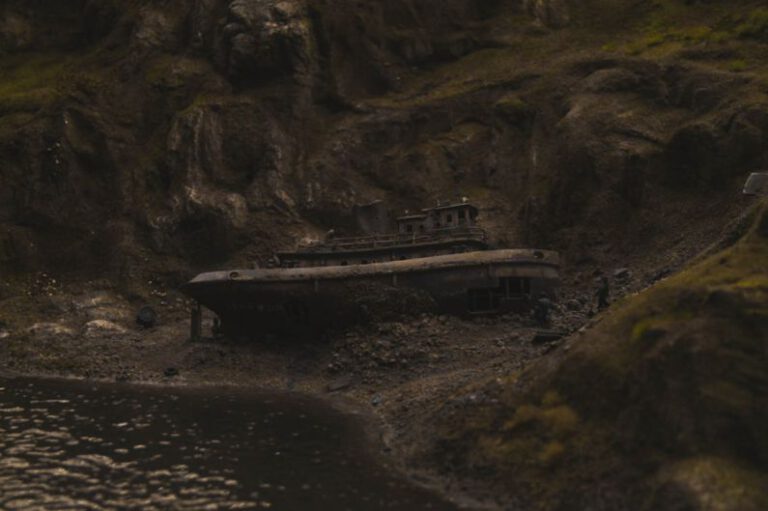Why Is Hashima Island Japan’s Ghost Island?
Tucked away in the East China Sea lies a place shrouded in mystery and eerie silence – Hashima Island, often referred to as Japan’s Ghost Island. This small, desolate landmass holds a dark past that continues to intrigue and captivate visitors from around the world. From its booming coal mining industry to its abrupt abandonment, Hashima Island stands as a haunting reminder of a bygone era. Let’s delve into the history and secrets that make this uninhabited island a chilling destination for those brave enough to explore its decaying ruins.
### A Brief History of Hashima Island
Once a bustling mining town, Hashima Island, also known as Gunkanjima (Battleship Island), played a vital role in Japan’s industrial revolution during the early 20th century. In 1887, Mitsubishi Corporation purchased the island to extract coal from its undersea mines, leading to unprecedented growth and prosperity. The dense population of workers and their families transformed Hashima into a self-sustaining community complete with schools, hospitals, and recreational facilities.
### The Rise and Fall of the Coal Industry
Hashima Island’s coal mines were among the most productive in the region, supplying fuel for Japan’s rapidly expanding industrial sector. At its peak in the 1950s, the population of the island reached over 5,000 inhabitants, making it one of the most densely populated places on Earth. However, as Japan shifted towards cleaner energy sources and imported coal from abroad, Hashima’s mines became unprofitable, leading to the gradual decline of the once-thriving community.
### The Abandonment and Desolation
In 1974, Mitsubishi officially closed the mines on Hashima Island, prompting the sudden evacuation of its residents. Within a matter of days, the bustling town was reduced to a ghostly shell of its former self, as buildings were left to decay and nature began to reclaim the land. The eerie silence that now envelops the island serves as a stark reminder of the abruptness with which Hashima was abandoned, leaving behind a haunting legacy of a once-vibrant community.
### The Dark Side of Hashima Island
While the industrial history of Hashima Island is fascinating in its own right, the darker aspects of its past add to its mystique. During World War II, the island was used as a forced labor camp, where Korean and Chinese prisoners were subjected to harsh conditions and brutal treatment. The remnants of this dark chapter can still be felt among the dilapidated buildings and crumbling structures that dot the island’s landscape.
### Exploring the Haunting Ruins
Today, Hashima Island stands as a haunting reminder of its tumultuous past, drawing curious visitors and urban explorers eager to uncover its secrets. Guided tours offer a glimpse into the island’s abandoned buildings, rusting machinery, and decaying infrastructure, providing a chilling insight into the lives of its former inhabitants. The stark contrast between the island’s industrial ruins and the surrounding sea creates a surreal atmosphere that is both captivating and unsettling.
### The Legacy of Hashima Island
As Japan’s Ghost Island, Hashima serves as a poignant symbol of the rise and fall of industrialization and the human cost of progress. Its crumbling buildings and desolate streets stand as a testament to the impermanence of human endeavors and the haunting specter of a once-thriving community left to decay in solitude. The eerie beauty of Hashima Island continues to attract visitors who seek to unravel its enigmatic past and pay homage to the lives that were lived and lost on its shores.
### Unraveling the Mysteries
In conclusion, Hashima Island’s status as Japan’s Ghost Island is a testament to the enduring allure of abandoned places and the haunting echoes of the past that linger in their ruins. From its industrial heyday to its abrupt abandonment, the island’s history is a complex tapestry of triumph and tragedy, making it a compelling destination for those drawn to its enigmatic allure. As the waves of the East China Sea lap against its weathered shores, Hashima Island stands as a silent witness to the passage of time and the indelible mark of human endeavor on the landscape.






